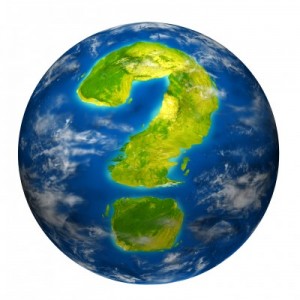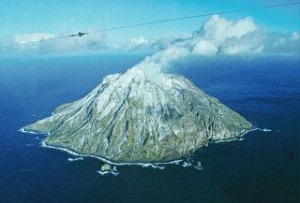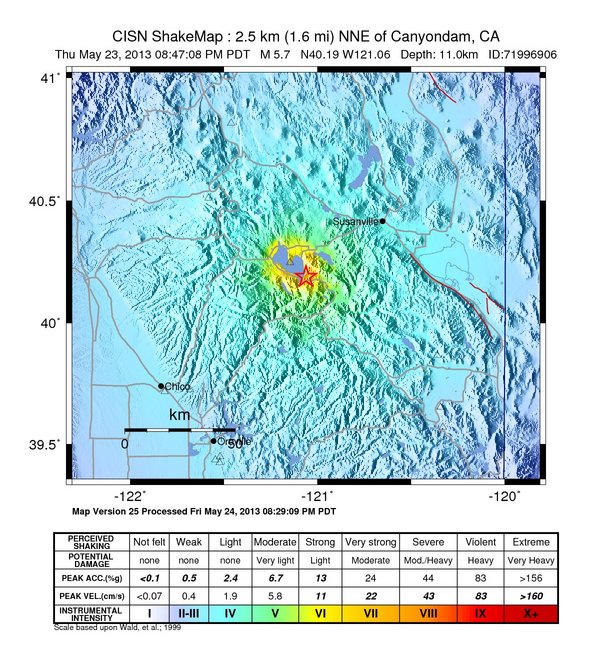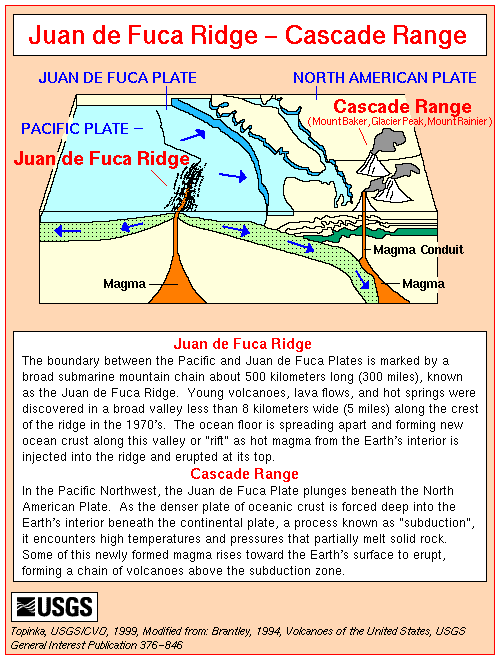
Are volcanoes really sinking into the ocean?
Scientists aren’t sure if they discovered a fluke, or if volcanoes located on earthquake subduction zones are actually sinking.
The two major earthquakes in Chile (2010) and in Japan (2011) caused a number of big volcanoes to sink up to six inches, according to a new scientific discovery. These two events were the first to be detected by scientists because they just so happened to have the right instruments in orbit to capture this data. Otherwise, this phenomenon might have gone unnoticed.
Similar sinking might be happening after big quakes in Alaska, Indonesia and other major subduction zones where megaquakes typically occur.
Now we’ll know to look.

Megaquakes are causing volcanoes to sink into the sea.
Megaquakes
Megaquakes are earthquakes with magnitudes above 8.0. These quakes spawn tsunamis, crumble buildings, cause the loss of life, and open up the surface of the Earth.
Following the 8.8 magnitude Maule earthquake in Chile in 2010, and the 9.0 magnitude Tohoku earthquake in Japan in 2011, scientists analyzed satellite data to look for markers of increased volcanic activity. What they found was the volcanoes appeared to react to the earthquakes by sinking. The two teams of scientists who worked independently on researching volcanoes in Chile and Japan, recently published their respective papers in the online journal Nature Geoscience, June 30, 2013.
Increase in Large Earthquakes
There is no doubt that over the last 6 1/2 years after the 2004 megaquake in Sumatra, there have been more great earthquakes occurring around the world than in any 6 1/2-year period in the 110-year history of seismic recordings.
We’ll have to monitor these quakes more closely, and watch the volcanic responses to these quakes.
There is no doubt that we are learning as we go … Nature is full of surprises.


